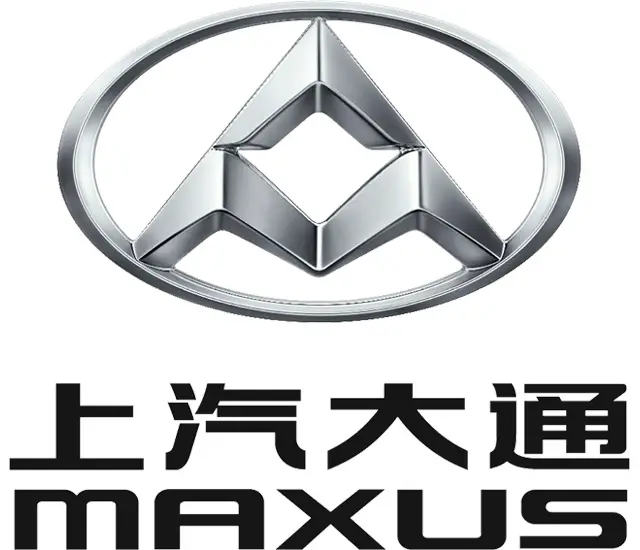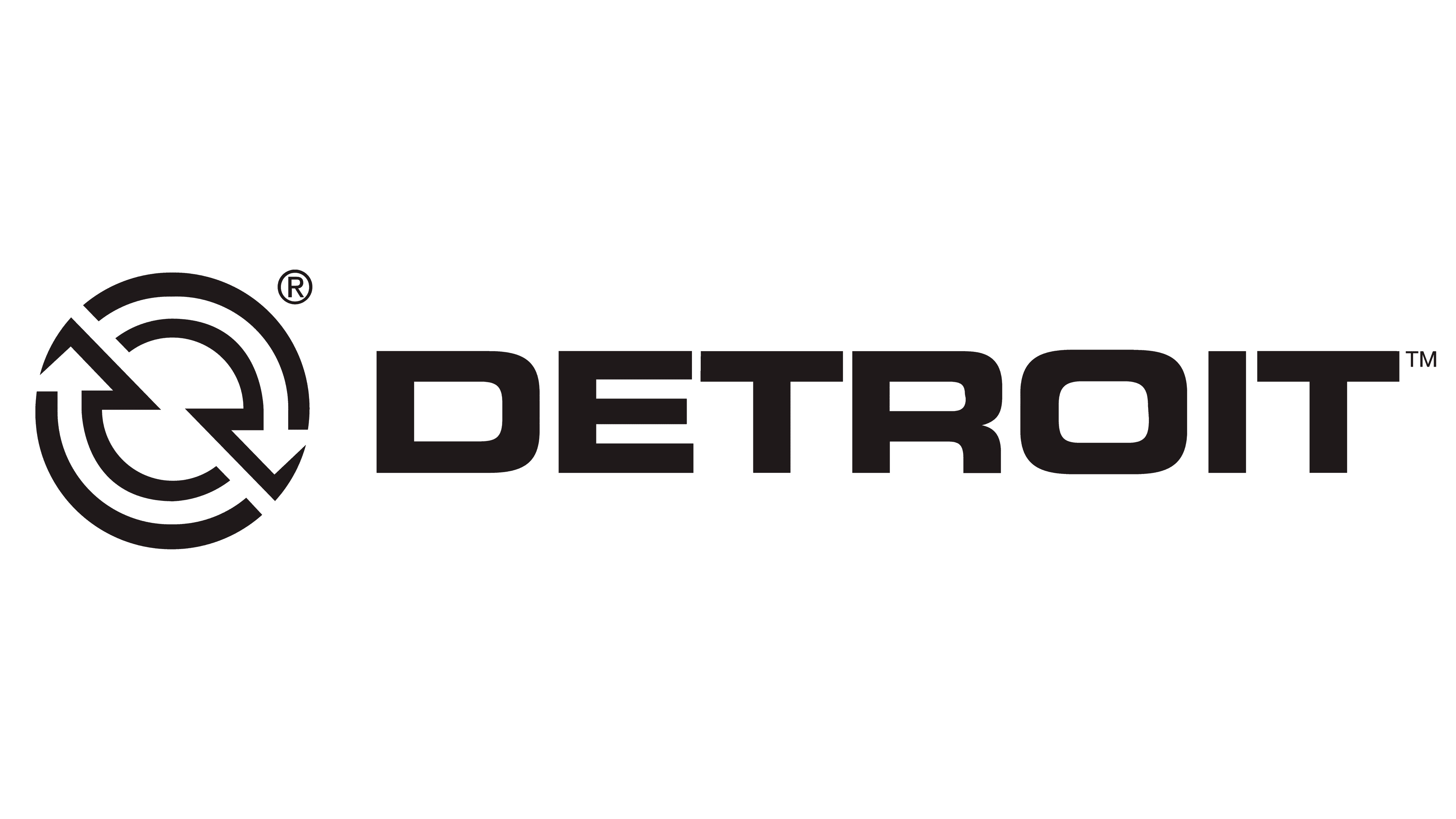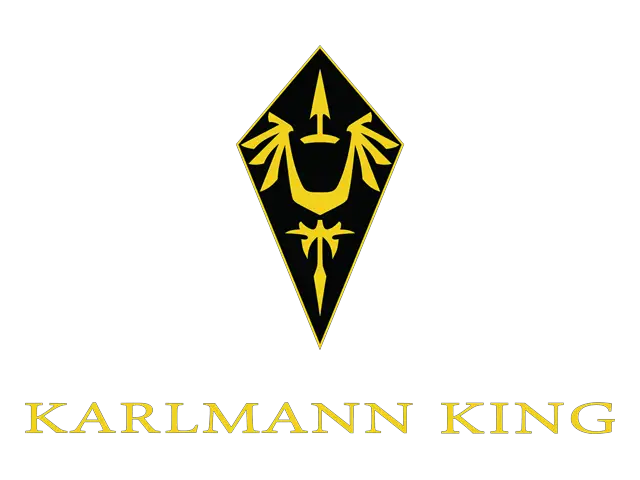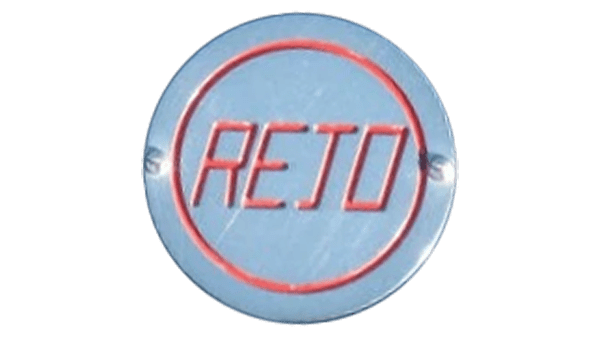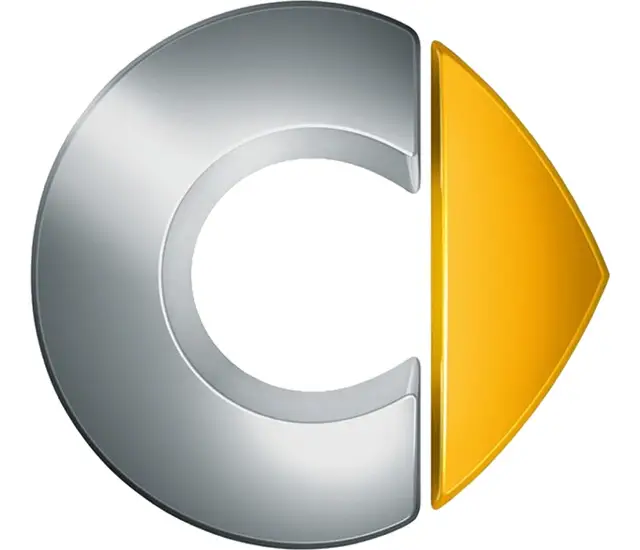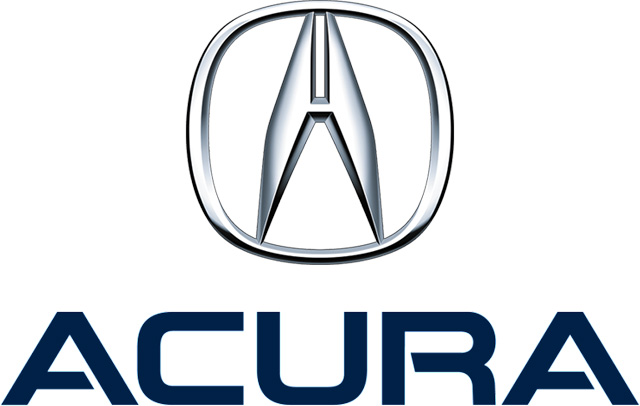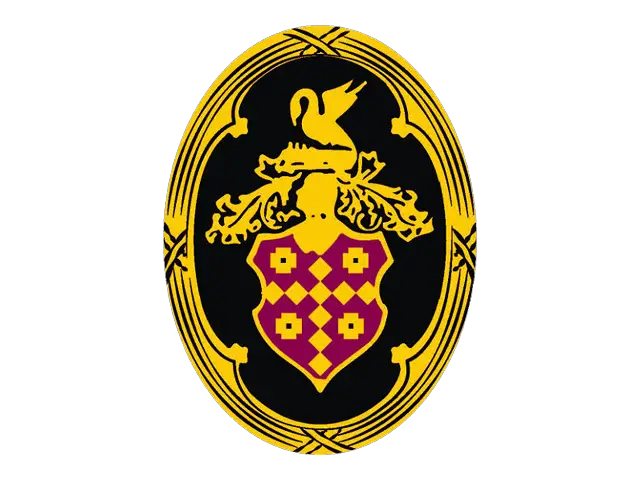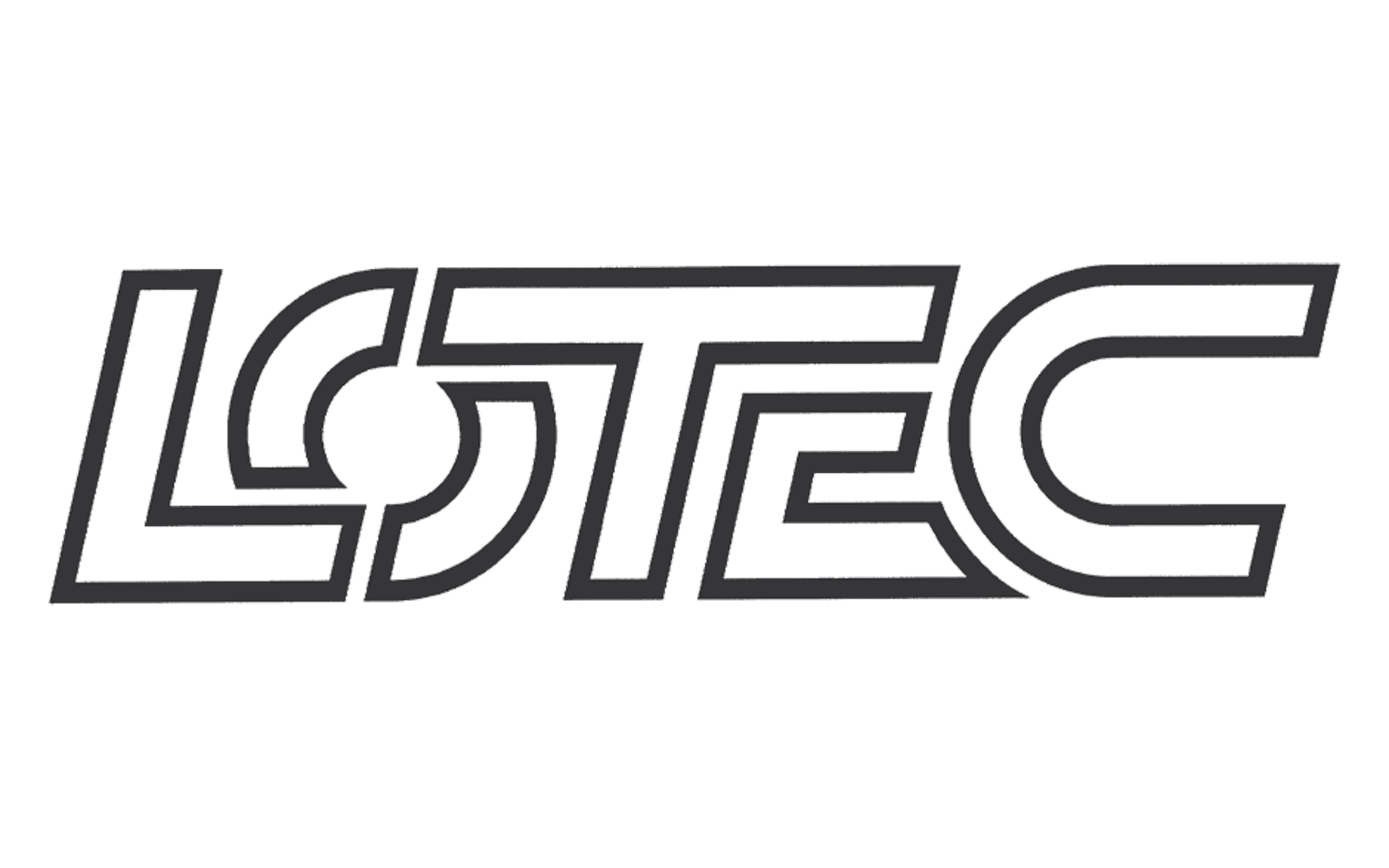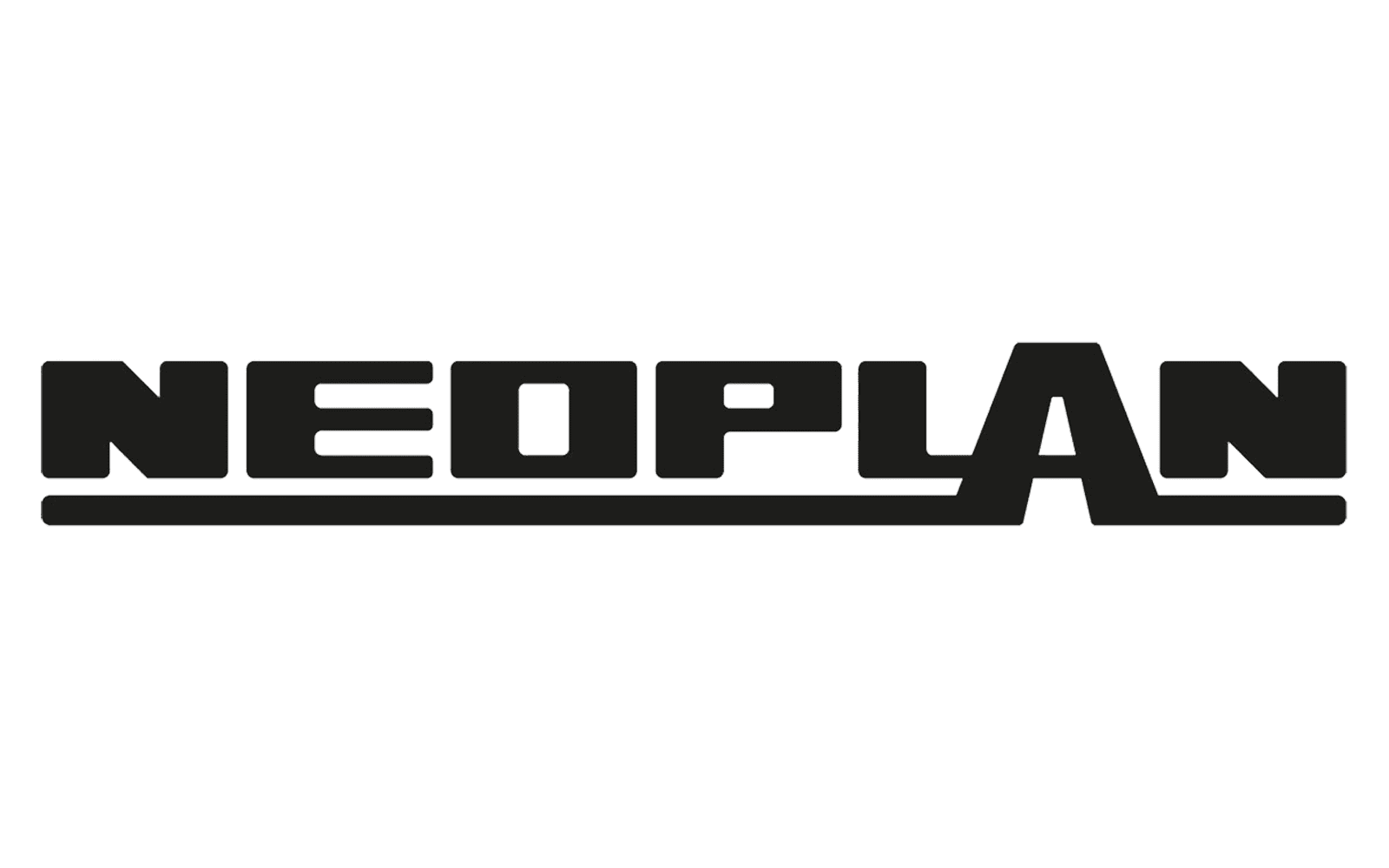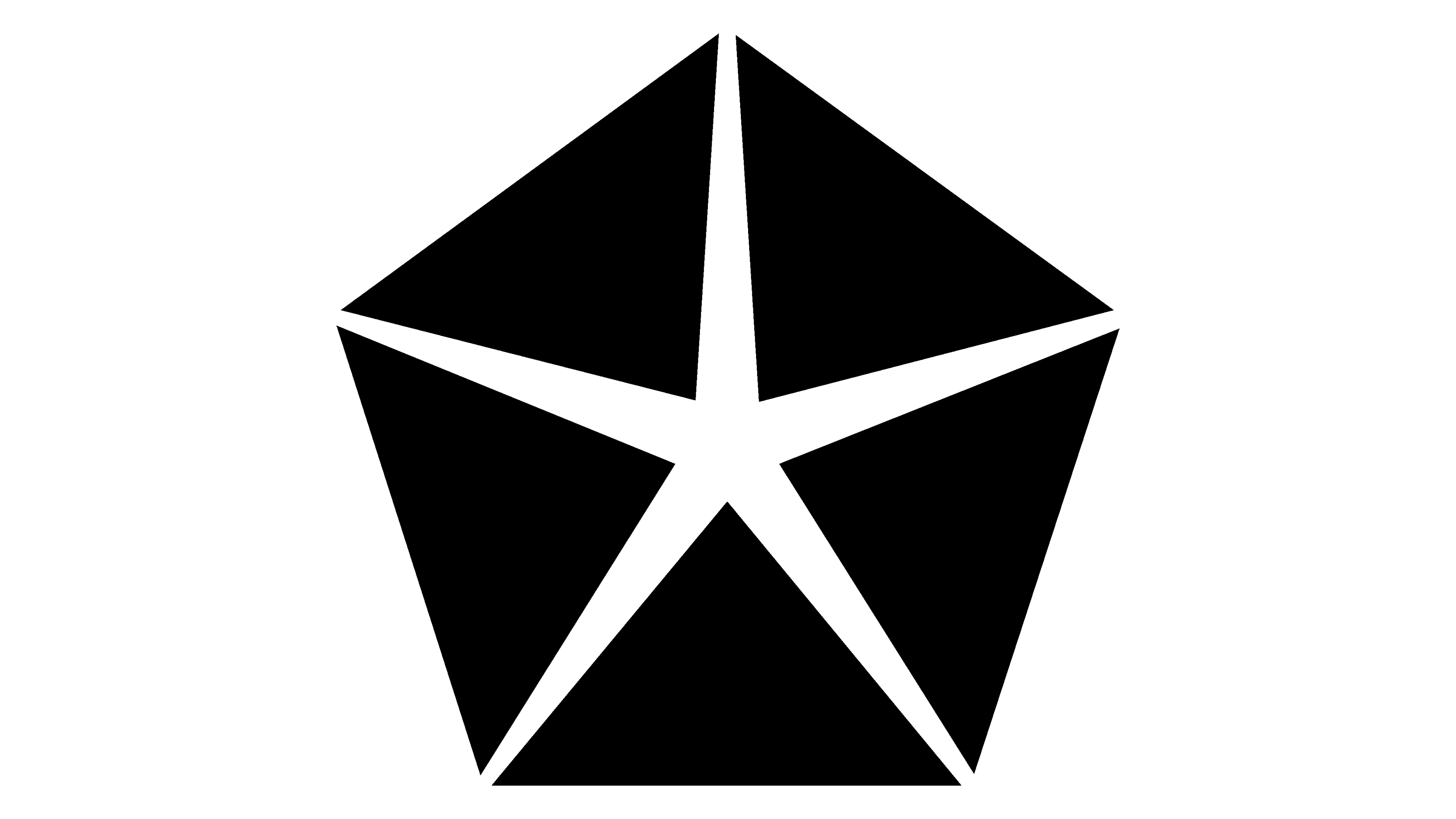international trucks Logo - History, Design, and Meaning
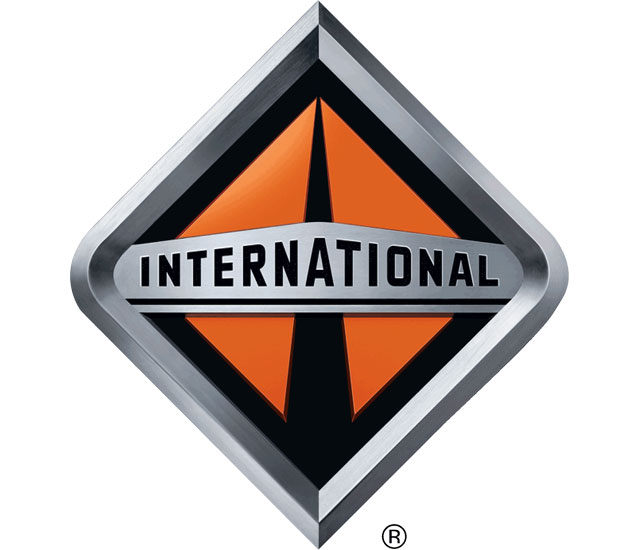
Company Overview
Formed in 1902, International® Trucks is a leading producer of medium-duty trucks, heavy-duty trucks, and severe-service trucks.
Key Information
- Founded: 1902
- Founder(s): Cyrus McCormick
- Headquarters: Lisle, Illinois, United States
international trucks Logo Meaning and History

Founded in 1902 as International Harvester, International Trucks has its roots in Chicago, Illinois. As pioneers in the industry, they were among the first to introduce hybrid commercial trucks, showcasing their drive for innovation. Over the years, the company has been recognized for its durability and cutting-edge technologies, making them a preferred choice for many fleets globally. Today, as part of Navistar International Corporation and under the ownership of TRATON SE since 2020, International Trucks continues its legacy of manufacturing high-performance trucks, with an eye on the future and an ever-growing global footprint.
What is International Trucks?
International Trucks is an American manufacturer specializing in medium and heavy-duty trucks. A subsidiary of Navistar International Corporation, it's been a prominent player in the trucking industry for over a century.

The first letters of the name create a symmetrical monogram. The letter 'I' stands in the center of the letter 'H,' which is slightly smaller. The two characters are framed by the letter 'C,' which almost closes into a complete circle. The first two characters stand for 'International Harvester,' printed in white along the vertical and horizontal strokes of each. The letter 'C' obviously stands for 'Corporation.'

This logo looks nothing like the geometric monogram used by the company earlier. It features a cursive inscription placed on a diagonal, done in white with a blue outline. To enhance the elegant appearance of the emblem, the designers added a swoosh line that curves under the name. This delicate inscription was not instantly associated with a company that created powerful automobiles, yet it reflected the innovative approach of the manufacturer.

Although the new logo had only 'International' printed, it had a completely different feel. Its rectangular base with pointed ends and three diamonds stacked in the center were more associated with the bold look of the original emblem. The red and white color palette enhanced the powerful impression. The chosen font resembles Gold Coast Rough with beak serifs.

While the font changed, the inscription remained similar to the previous one, now done in black with slightly enlarged central characters. The new color palette features blue instead of red, creating a calmer and more balanced image. The designers also added a new symmetrical border around the emblem, among several other updated elements.

A bold, geometric look was presented in 1946, featuring black and red colors used earlier. The letters 'I' and 'H' were crossed in the same pattern as in the original logo, but this time, the 'I' was lowercase and red. Both characters featured bold, clean strokes with straight cuts.

Years after the last logo was created, the company decided to introduce changes. The logo became monochrome, removing red. The characters were made taller, while the 'I' had a small white space on either side, cutting the horizontal stroke. The horizontal stroke no longer joined the vertical lines at a straight corner but rather had a curved line connecting both in the lower left and upper right corners, creating a strong and impressive brand image.

The company soon gave the logo a new spin. The full name took the main position, featuring a bold, sans-serif font printed in black, similar to Broadside Heavy Condensed. The inscription was accompanied by a black square above it, placed with its angles facing the top and bottom. A pointed white line resembling a road going off into the horizon added symbolism for a manufacturer of transport.

In 2002, the company modernized the logo with a new bright color palette. The square became bold orange, with the white line done in black, merging with the black outline around the square. Additionally, a three-dimensional metallic silver frame complemented a banner with the name done in the same style. This logo surely caught attention, with the silver elements associating it with advanced technologies.
